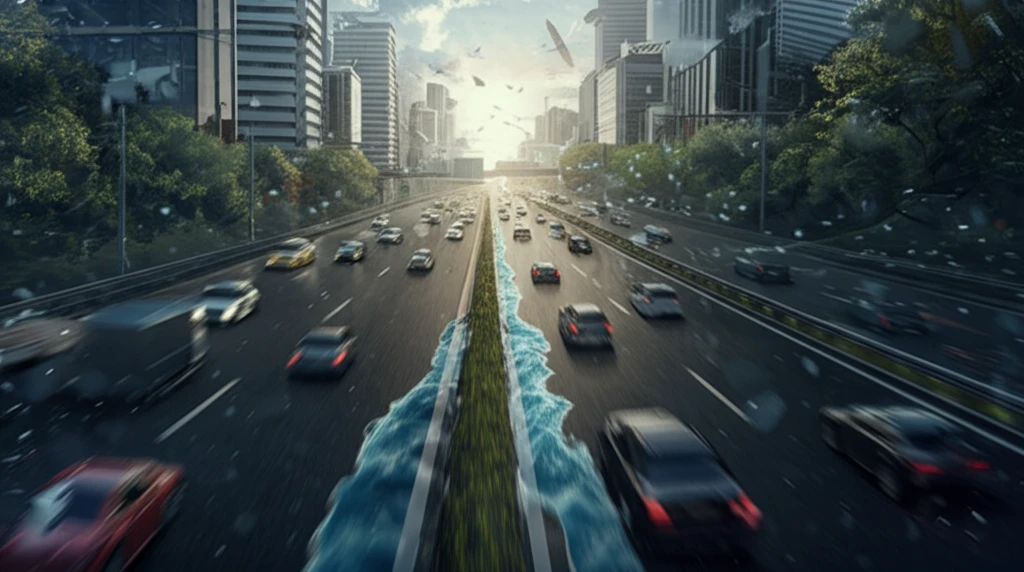
Stuck in Traffic? How 'Bounded Rationality' Could Change Your Commute
"Unlocking Smarter Traffic Management with Insights into Traveler Behavior"
For many of us, the daily commute is a frustrating dance of stop-and-go traffic, unexpected delays, and the nagging feeling that there has to be a better way. Traditional traffic models often assume that everyone makes perfectly rational decisions to minimize their travel time. In reality, human behavior is far more complex.
Enter the concept of 'bounded rationality,' which recognizes that people make decisions with limited information, cognitive abilities, and time. This idea, pioneered by Herbert Simon, is now reshaping how researchers understand and model traffic patterns. Recent studies are diving deep into how we can use bounded rationality to create more effective traffic management strategies.
This article explores how understanding 'absolute' versus 'relative' bounded rationality can lead to more realistic traffic models. Learn how these insights can potentially reduce congestion and make your daily commute a little less painful.
What is Bounded Rationality and How Does it Affect Traffic?

In traditional economics, the 'rational actor' model assumes individuals make decisions to maximize their utility. In transportation, this translates to everyone choosing the fastest route. However, real-world observations consistently show that drivers don't always take the 'optimal' path. This discrepancy led to the application of bounded rationality in traffic modeling.
- Limited Information: We rarely have complete real-time data on all available routes.
- Cognitive Limitations: Evaluating every possible route is mentally exhausting.
- Time Constraints: We often make quick decisions under pressure.
- Habit and Inertia: We tend to stick to familiar routes even if they're not always the best.
The Road Ahead: Smarter Traffic Solutions
By incorporating bounded rationality into traffic models, researchers and transportation planners can develop more realistic and effective strategies to ease congestion. This includes things like optimized traffic light timing, personalized route recommendations, and dynamic pricing schemes that encourage drivers to shift to less congested routes. As we continue to refine our understanding of human behavior in traffic, we can pave the way for smoother, less stressful commutes for everyone.
